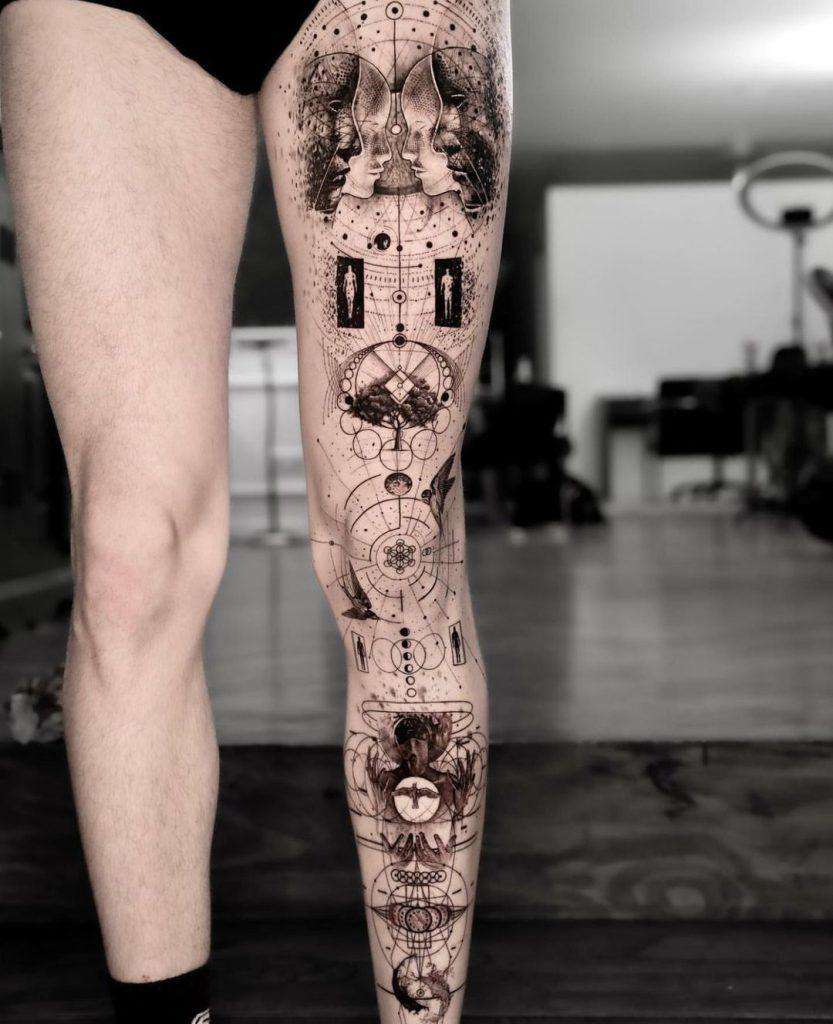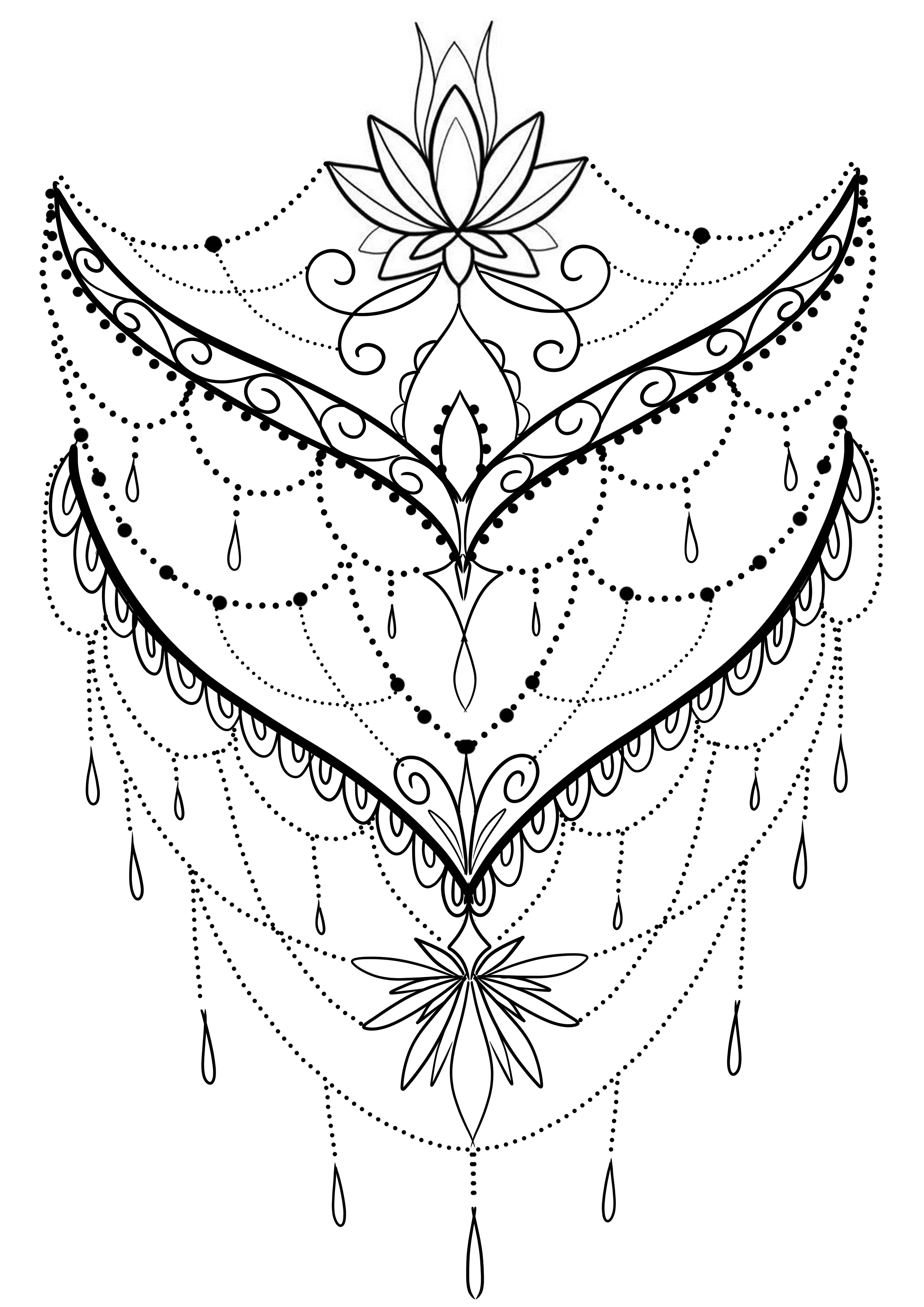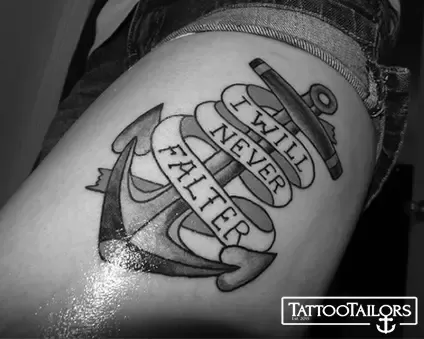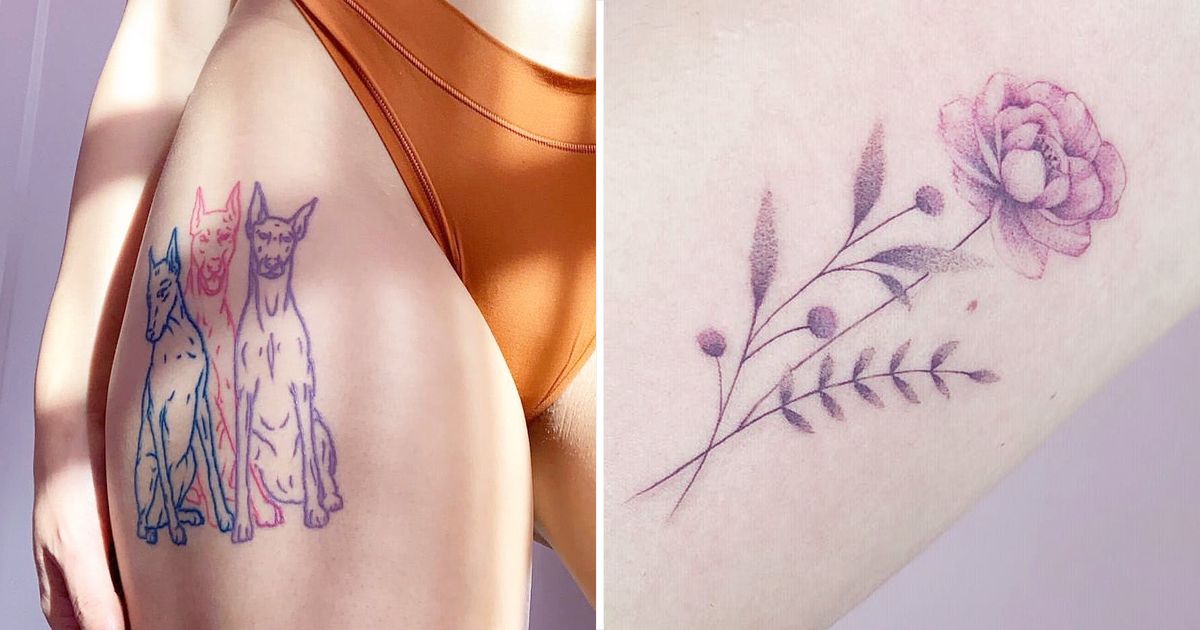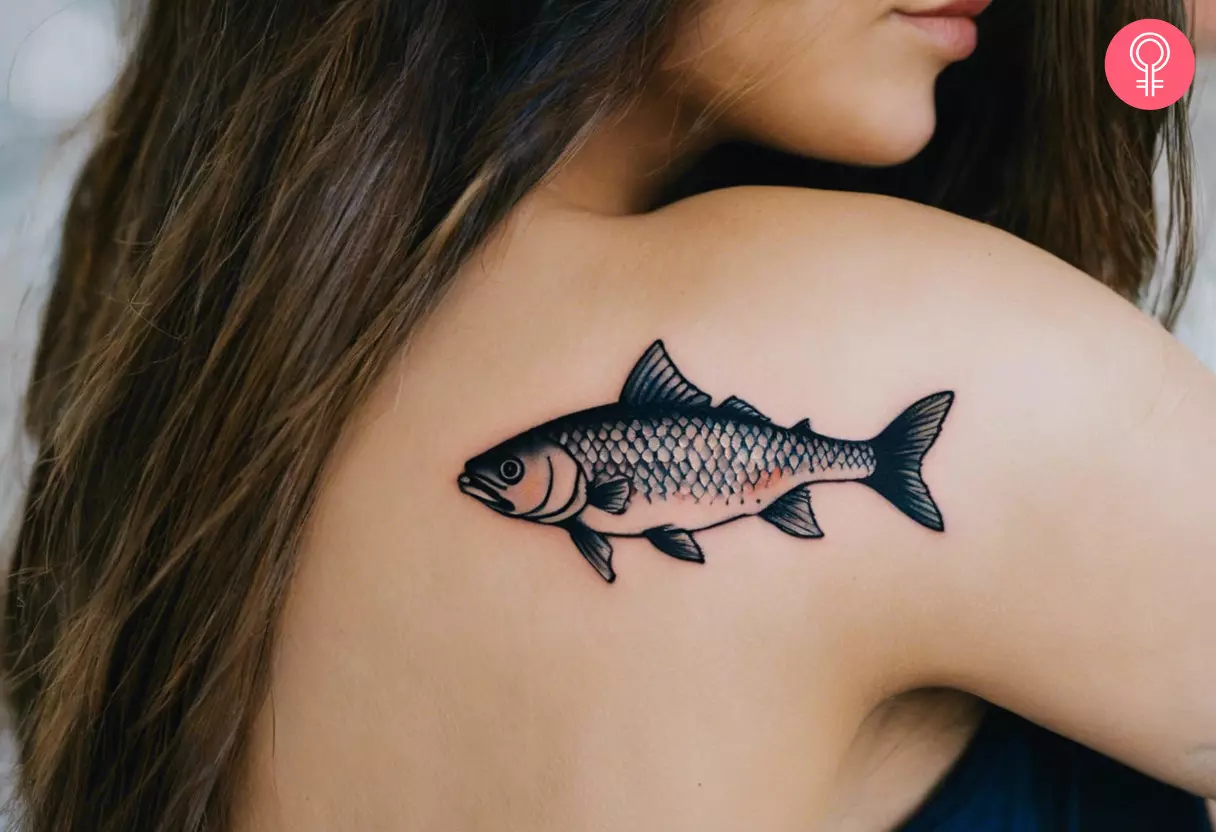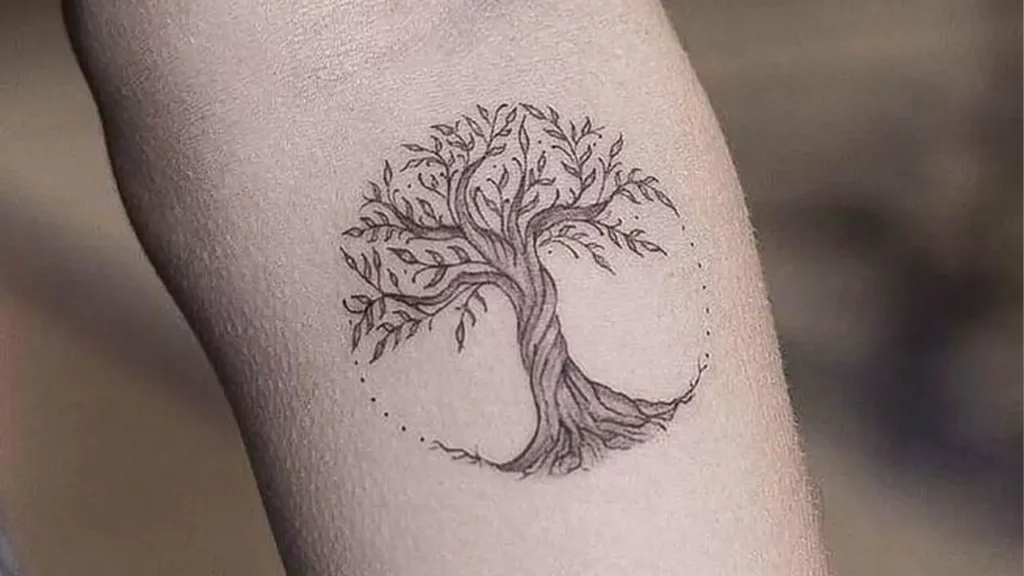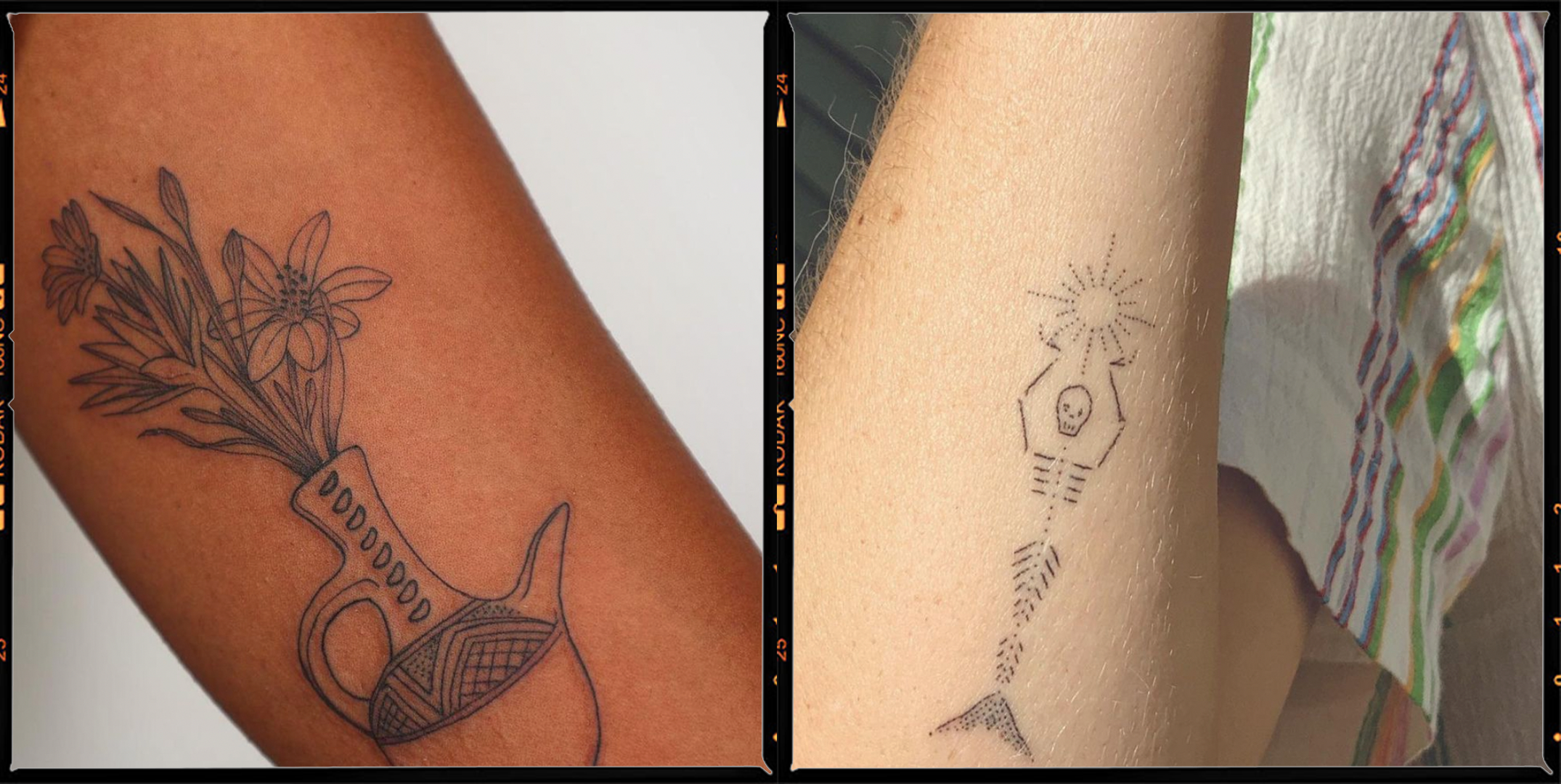Women’s Arabic Tattoos: A Dazzling Cultural Expression Unraveled
– Arabic language tattoos are popular for their personal meaning and subtlety.
– Arabic calligraphy has been a popular art form in the Middle East for hundreds and thousands of years.
– There are multiple ways to say “Love” in Arabic, including “Hubb” and “ishq”.
– “Hubb” symbolizes calm love, while “ishq” represents passionate and infatuating love.
– The phrase “Love yourself first” in Arabic is pronounced as “Aheb nafsaki awallan” or “nafsaka” for males.
– Selena Gomez has a famous Arabic tattoo that says “Love yourself first” on her back.
– “Hikma” means wisdom in Arabic.
– “Sabr” represents more than just patience and is a deep and meaningful word.
– “Shukr” means gratitude in Arabic.
– “Al-Huriya” translates to freedom in Arabic.
– Different text styles and designs can greatly affect the look and feel of the tattoo.
– Choosing the style of the tattoo is a personal choice.
– “Harrir ‘aqlak” translates to “Free Your Mind” in Arabic.
– “Yalla hant” means “It Will Get Better” in Arabic.
– The word for moon in Arabic is “qamar” and in Egypt, it is also used to mean beautiful.
– The word for sun in Arabic is “shams” or “ash-shams.”
– The article also includes a powerful line from the Quran, which says “I am near.”
– The word “丕賱毓夭賷賲丞” means strength or determination.
– The phrase “Dream Believe Dare Do” and the phrase “I follow my heart” can be found as temporary tattoo designs on Etsy.
– The word “maktoob” means destiny.
– “鬲兀賱賲鬲 鬲毓賱賲鬲 鬲睾賷乇鬲” translates to “I suffered, I learned, I changed.”
– The article also includes a feminist Arabic tattoo design that says “A Woman鈥檚 Voice is a Revolution.”
– Arabic letters are supposed to be connected, unlike English letters.
– The article warns against getting Arabic tattoos with incorrect translations or disconnected letters.
– It advises against relying solely on Google translate.
– Examples of celebrities with Arabic tattoos are mentioned, including Zayn Malik, Rihanna, Leona Lewis, Angelina Jolie, Selena Gomez, Zlatan Ibrahimovic, Zoe Saldana, Colin Farrel, and Zoe Kravitz.
– It also suggests trying henna tattoos as a temporary option before committing to a permanent Arabic tattoo.
– Arabic tattoos typically carry deep spiritual significance, often featuring religious verses from the Koran, Allah’s name, and signs of protection like hamsa hands.
– These tattoos can also hold personal significance and can be dedicated to loved ones or serve as reminders of life experiences.
– Arabic tattoo designs can incorporate floral elements, moons, stars, and intricate calligraphy.
– The article also provides ideas for Arabic tattoo designs, including the Eye of Horus, Allah, Om, the Crescent Moon and Star, and Kufic Calligraphy.
– Some popular tattoo ideas include Arabic proverbs or sayings, the Hamsa Hand symbol, inspiring quotes from classic Arabic texts, the Al-Shahada Islamic creed, personal names written in Arabic calligraphy, the Zahra name meaning “to shine” or “beautiful,” the Alif Laam Meem phrase from the Qur’an, Sufi symbols, the Henna Tree symbol representing fertility and strength, Arabic mottos or phrases, the Dhikr Allah tattoo meaning “Remembrance of God,” the Bismillah phrase meaning “In The Name Of God,” and Prophet Muhammad quotes such as “God loves those who have patience.”
– Arabic calligraphy tattoos and Arabic quote tattoos are among the most beautiful options.
– It suggests getting a meaningful Arabic saying or an inspirational Arabic tattoo.
– It advises customization of these designs with special fonts, colors, and shapes to create a unique tattoo.
– The article concludes by encouraging individuals to consider getting an Arabic tattoo as a meaningful way to express their love for Allah and Islam.

